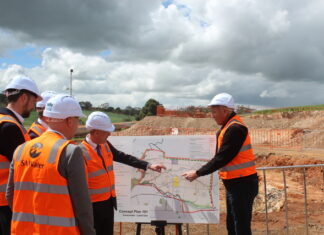THIS February is REDFEB, a heart awareness month.
In addition to encouraging people to wear red and donate, Heart Research Australia is raising awareness about the under diagnostics and under treatment of women with heart diseases.
Heart disease is not just a man’s disease and globally, it’s the number one killer of women, and we’ve found over recent years that women are doing worse after their first heart attacks, and are more likely to have another heart attack or die from heart failure than men within the following years.
Time is critical, and a huge issue with women is the delay to treatment.
Women go to the hospital later after symptoms start, which reduces the window of opportunity for effective treatment and increases the risk of complications and damage to their heart.
Women also tend to develop symptoms of heart disease at a much later stage of the illness than men, and their symptoms are often more vague.
Some might feel extremely tired or short of breath, whilst others are atypical symptoms such as nausea, or abdominal pains in the neck, or shoulder.
It is important for women to know that early menopause, inflammatory conditions (such as rheumatoid arthritis, lupus) or complications during pregnancy (such as pre-eclampsia, hypertension, and gestational diabetes) are all important risk factors for women.
So if you’re a woman over 45-years-old (or over 35-years-old for Aboriginal and Torres Strait Islander women), please have a heart health check with your GP, or discuss your obstetric history with them if you have had children, and enable proactive prevention to reduce the risk of heart disease.
Nicci Dent, CEI, heart Research Australia







